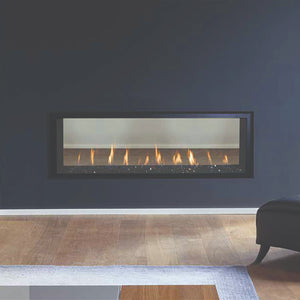Electronic Ignition Fireplace
Understanding Electronic Fireplace Ignition
Electronic fireplace ignition systems are revolutionizing the way we start and maintain the warmth of our homes. Unlike traditional ignition methods, such as matches or lighters, electronic ignitions offer a more convenient, safe, and efficient alternative. In this article, we will explore the advantages of electronic ignition, its working mechanism, and why it has become the preferred choice for many homeowners.
What is Electronic Fireplace Ignition?
Electronic fireplace ignition (EFI) is a modern technology used in gas fireplaces to ignite the fire safely and quickly. Utilizing a simple push-button mechanism or remote control, EFI systems create a spark that ignites the gas flame without the need for an open flame. This innovation not only enhances safety but also provides users with effortless operation and improved energy efficiency.
Advantages of Electronic Ignition Systems
- Safety: One of the primary benefits of electronic ignition systems is their enhanced safety features. With no open flame needed to ignite the gas, the risk of accidental fires is significantly minimized.
- Convenience: The ease of turning on your fireplace with just the push of a button or remote control makes electronic ignition systems incredibly user-friendly.
- Energy Efficiency: EFI systems often consume less gas than traditional pilot lights, leading to lower energy bills and a reduced environmental footprint.
- Reliable Performance: These systems are designed for reliability and consistency, ensuring that your fireplace ignites quickly every time you use it.
How Does Electronic Ignition Work?
The operation of an electronic fireplace ignition system is straightforward. When you initiate the ignition process, either via a button or a remote, the system activates a high-voltage spark that ignites the gas. Most EFI systems can be powered electrically but require a gas line connection to supply the fuel. This simple yet effective mechanism allows for immediate heat production, making it a popular choice for modern fireplaces.
Types of Electronic Ignition Systems
There are primarily two types of electronic ignition systems used in fireplaces:
- Intermittent Pilot Ignition (IPI): This system features a pilot light that is only activated when the fireplace is in use, ensuring that gas is not wasted unnecessarily.
- Direct Spark Ignition (DSI): In this system, a spark ignites the gas directly without the need for a standing pilot light. This is often considered the most efficient option.
Choosing the Right Electronic Ignition System for Your Home
When selecting an electronic ignition system for your fireplace, consider factors such as ease of use, safety features, and compatibility with your existing gas line. Consulting with a fireplace professional can help you determine the best option that meets your heating needs and fits your home’s design.
Conclusion
Electronic fireplace ignition systems offer numerous benefits, including enhanced safety, convenience, and energy efficiency. By understanding how these systems work and their advantages, homeowners can make informed decisions when choosing a fireplace ignition method. Embrace the warmth and comfort of a modern electronic ignition fireplace to elevate your home heating experience.























